Protect your festive spirit and your home with scientific waterproofing, as Neha, a dedicated working woman, discovered the hard way last Diwali.


Protect your festive spirit and your home with scientific waterproofing, as Neha, a dedicated working woman, discovered the hard way last Diwali.

Other than burning down, a foundation problem is probably the worst thing that can happen to your house. The foundation is the feet of your house, keeping the building where it was built.
The majority of foundation-related problems are caused by water. Wet soil surrounding a foundation can swell or lose strength. That will later cause the problem of wet, damp basements and may damage the wirings. This dampness breeds mould and make the basement inappropriate for living or storing. So there are plenty of reasons for waterproofing the basement.

The problem is that typical concrete is not waterproof. If uncracked (that’s not reality), it will typically keep out liquid water, but water vapour can penetrate quite easily. We should remember that since this will mostly be underground when the building is complete. So doing it right (watertight, strong, flexible, tear-resistant, reliable, and elastic) the first time is critical. Even coming back to fix it is an expensive undertaking. That’s why we need foundation waterproofing. An ideal one should be to Keep water drained away from concrete foundations and prevent it from moving through the concrete.
Using interior sealants to waterproof your basement keeps moisture from being absorbed by the basement walls and floors and can restrict moisture from spilling to other parts of the house. Cracks in poured concrete foundations and pipe penetrations are the most common entry points for seepage. These openings can be sealed with Epoxies, which are strong adhesives, or urethanes can be pressure injected into the openings. These interior sealers are good for preventing high atmospheric humidity inside the basement from absorbing into the brickwork and causing spalling. Interior sealants keep the atmospheric humidity level in the basement low.
The exterior basement waterproofing method is designed to keep water from causing any major structural damage to the building. In this method, polymers and membranes are used to coat the exterior basement walls. Polymer-based products generally last for the lifetime of the building and are not affected by soil pH. Polymer-based waterproofing materials can be sprayed directly onto a wall, are very fast curing, and are semi-flexible, allowing some movement of the substrate to fill the cracks.
A drainage system can help avoid water buildup under your basement, moving the water from the footers of the house foundation and out below the basement floor. A common system for draining water that has penetrated a basement involves a channel around the perimeter of the basement alongside the foundation footers. A French drain, PVC pipe, or a patented drainage system is installed in the newly-made channel and is covered with new cement.
Foundation crack injections are applied when poured concrete foundations crack, either from a settlement or the expansion and contraction of the concrete. Epoxy crack injections are used for structural purposes, while hydrophobic or hydrophilic polyurethane injections seal cracks to prevent moisture or water penetration.
Injection sealing of the crack cavity will address the problem and can be easily done from the inside. This method involves drilling holes every 6 – 8″ intervals along the crack. Then set perpendicular to the run of the crack and angled at 45° so that the drilled hole crosses the crack at the approximate centre of the treated wall, thus ensuring the most effective distribution of sealant.
Interior basement waterproofing using coatings is useful where condensation is the main source of wetness. It is also effective if the problem has minor dampness. Applying a backwater valve is one of the most effective measures to save your basement. Installing a drainage system is the most complex yet effective interior waterproofing solution.
Different approaches and materials can be used. One proper solution is a French drain with a sump pump installation, rubber walls, water weeping tiles, and a drainage membrane. That system allows water to escape without damaging the walls.
While most house renovations are done on the house’s exterior, the importance of a healthy interior has already been discussed above.
Berger Homeshield Moisture Metre is a specially designed device that helps you measure the moisture content in the wall by placing its pin on your basement walls or ceiling. It never fails to detect trapped moisture in concrete floors, walls and ceilings, which in this case could be due to rainwater or underground seepage. Moisture Metres’ accuracy will help you evaluate the damage caused by dampness so that you can take appropriate steps to waterproof the foundation.
To fill the cracks that cause water leakage, Wall Shield 2K is applied. Its acrylic polymer modified white cement-based waterproofing coating, consisting of water-insoluble crystalline micro-structures, imparts water tightness within the spaces of a cementitious matrix of the wall. Thus preventing moisture from passing through the gaps and ensuring good bonding properties.
The waterproofing materials used for the roof and insulated wall insulation will not be the same. This is because these surfaces are exposed differently from the water. Waterproofing in some houses on the walls with the right materials moisture problems may be experienced.
Moisture insulation is another aspect of wall waterproofing. The masonry walls are constructed with a moisture-resistant rod to prevent moisture from rising. The foundation’s concrete is rendered damp or waterproof by a liquid coating basement waterproofing membrane.
In this way, there are no moisture problems. You are applying Latex Shield 2k for plasterwork to give your foundation strong support. It is used for interior, and exterior waterproofing and damp-proofing of old or new concrete, brickwork, terrace, block work, bathrooms, internal wet areas, swimming pools, water tanks, underground basement construction, and rain lashed masonry walls.
Basements are the most common problem areas since they tend to accumulate standing wetness of the soil, leading to mould and mildew growth. Apart from the bathroom, water tanks and other areas prone to dampness, the basement also needs special treatment.
For instance, Berger Homeshield Dampstop is specially designed to ensure a long-lasting and flexible waterproof coating. Made of a high-performance polymer, it also contains special additives that work via Crystallin technology and offers the highest protection level.
It’s usually not a good idea to do waterproofing alone without any help from experts. Make sure to take the following measurements.
Whether it’s an office or a multi-storey building, everything can be damaged by water without proper waterproofing of the foundation. In your home, if the basement is affected by dampness, it will cause several illnesses in your family. In the case of buildings, the dampness will damage the foundation. So if there’s an earthquake or flood, those residents risk their lives. A house without a waterproofed basement has a lower selling value. If you are an owner, you may face complaints about the unhealthy interior of the apartments.
Typically, extensive waterproofing measures are applied during construction. This ensures that moisture is controlled at the initial stage. Waterproofing can also be done after a building has been built to solve problems as they arise. But this is a far more expensive process, and the foundation will have been damaged until you figure out the problem. So we can say prevention is better than cure, and foundation waterproofing is important for the building.
Try these products from Berger, and give a raincoat to your loving home.
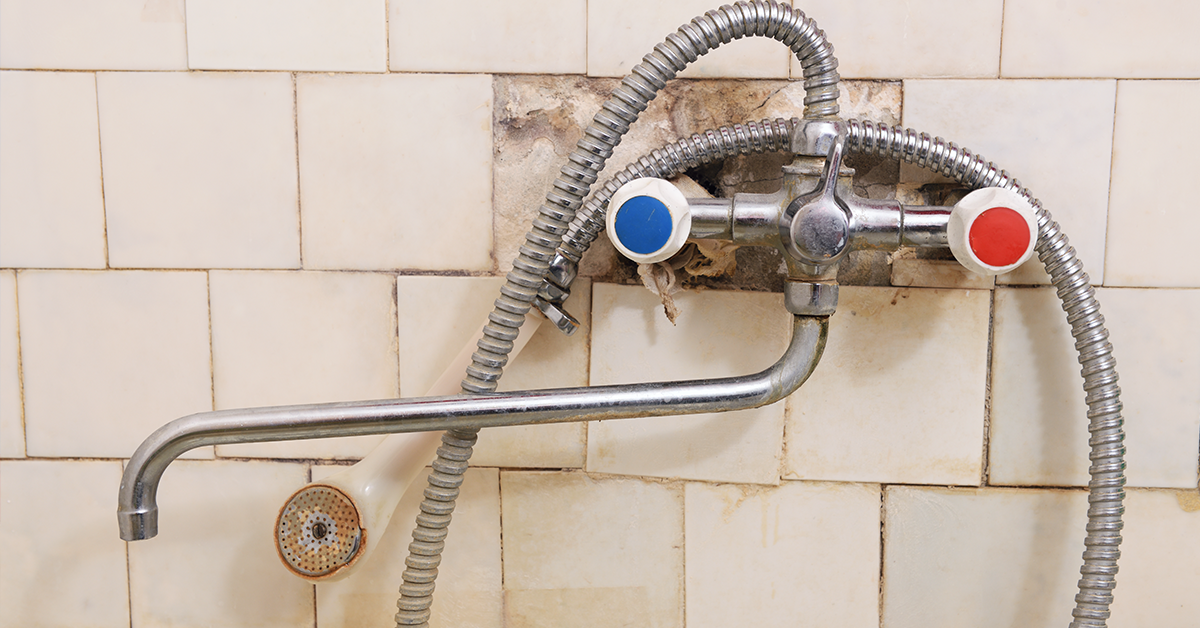
India is a tropical nation that experiences a lot of annual rainfall. While this may appear to be a godsend for the plants in your yard, it is bad news for your home or apartment.
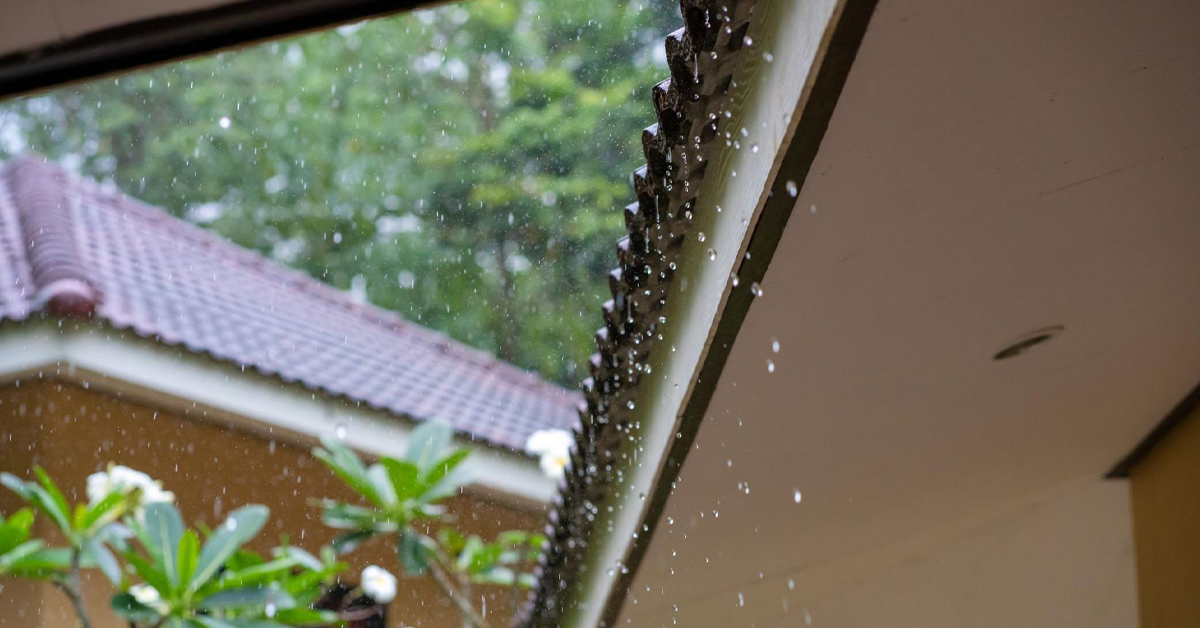
Monsoons bring respite from the scorching heat of peak summers. But they also drench your exteriors, leading to problems like dampness, seepage, and mould formation. One of the best options to avoid your home exteriors from looking unclean is to ensure that they are coated with protective material like waterproof wall paint that can withstand the vagaries of even heavy rainfall.
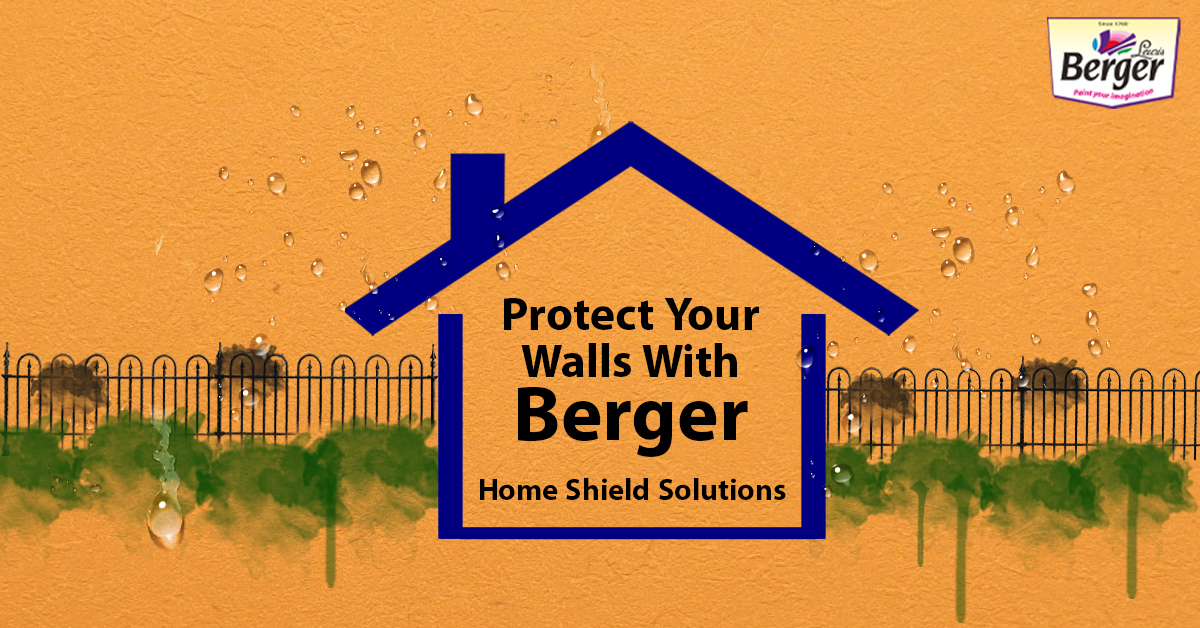
Water seepage, due to a weak roof or leaking pipes, can do much worse than damaging your walls. The prolonged dampness can lead to the build-up of mould, mildew and germs. This, in turn, can lead to allergies, respiratory problems and other ailments for you and your family. In the worst case, it could lead to the entire structure being weakened. Plus, you don’t want to come home to a musty-smelling house. So, waterproofing your
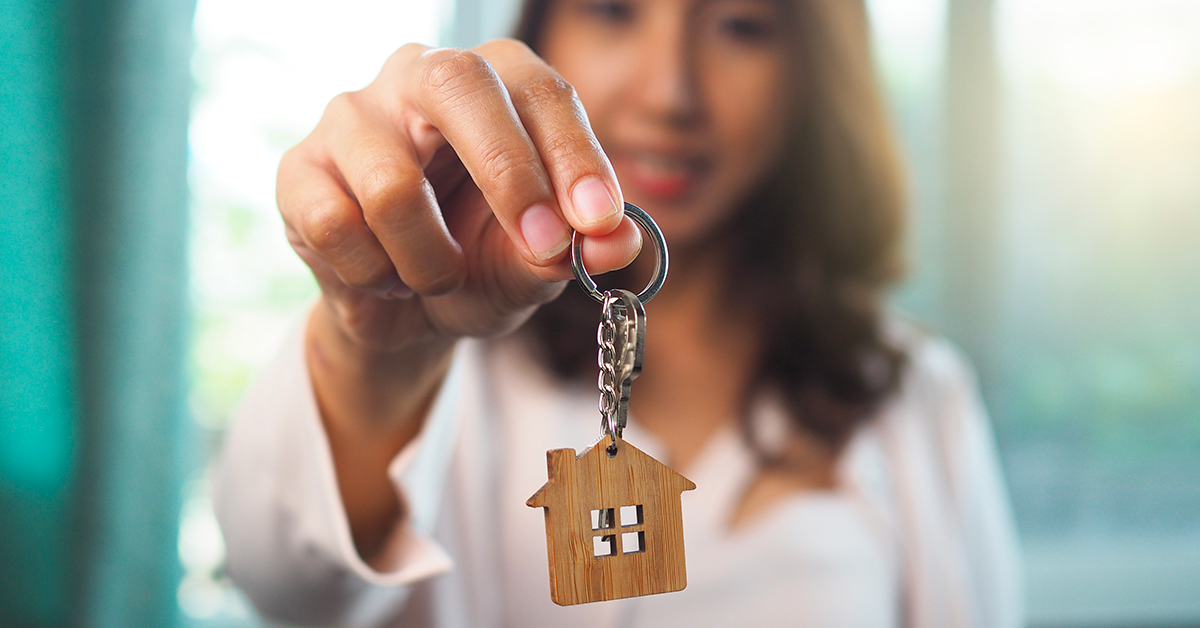
Renting a house in India can be tiresome. More often than not, in the grand scheme of things, we tend to overlook the basics. This blog will help make the process much easier altogether.
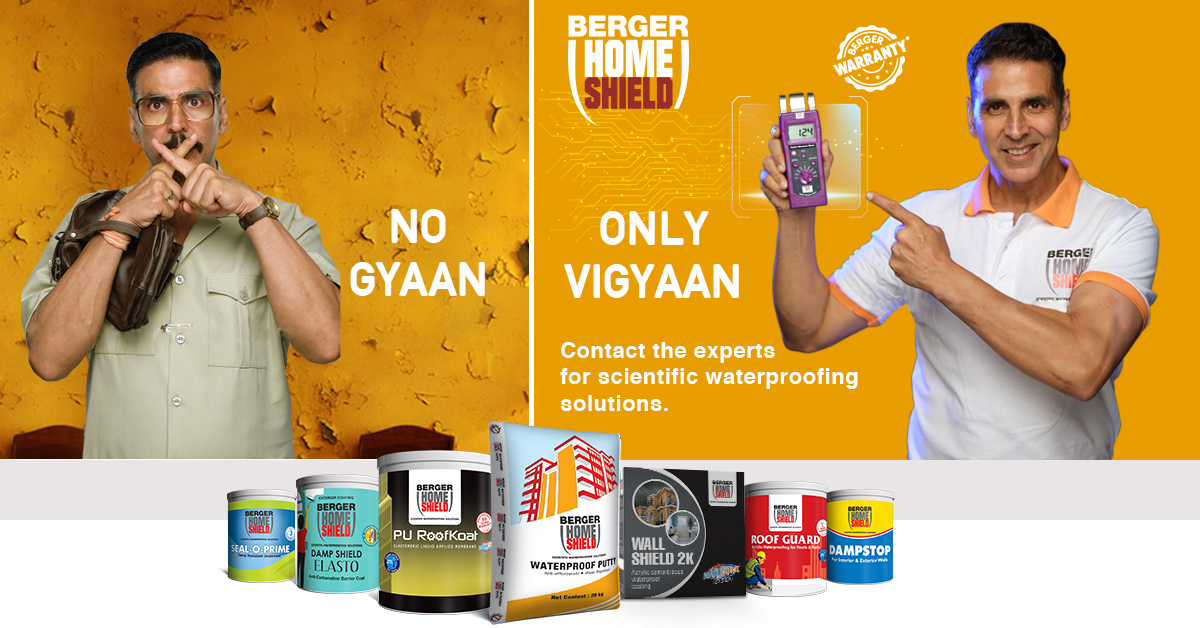
How do you tell facts from gibberish? From real solutions to jugadu-kaam that somehow always requires constant upkeep and maintenance? Read the blog to find out!
We love the pitter-patter of raindrops on the window but what if we saw them falling right through our ceiling inside our house? It would certainly give us a scare, wouldn’t it? Well, turns out, water has an ability to seep into home walls, and the first signs of this can be noticed only when it is late, causing wall dampness and leakages. Hence, it is always recommended to get your walls waterproofed in the start; since prevention is always better than cure. Like we promised, only science-backed facts, no gibberish here!

Painting the exterior of your home can be an arduous and time consuming task. But if you are one of the many homeowners who are contemplating whether the cost of painting your exterior walls is worth it- the answer is YES! Because the benefits of painting your home’s exterior go beyond improving its aesthetics. It can also fight off health risks, promotes good indoor air quality and completely changes the aura of your house.